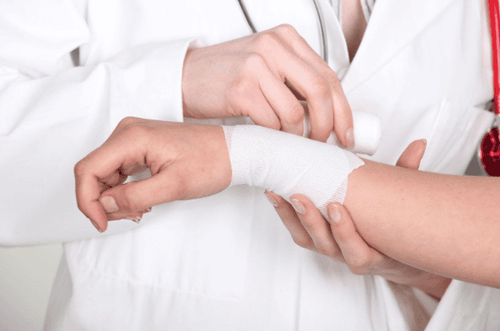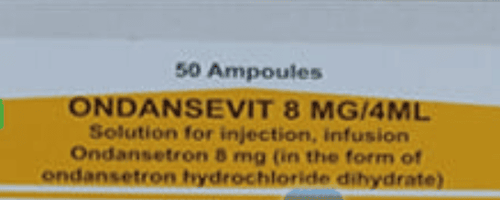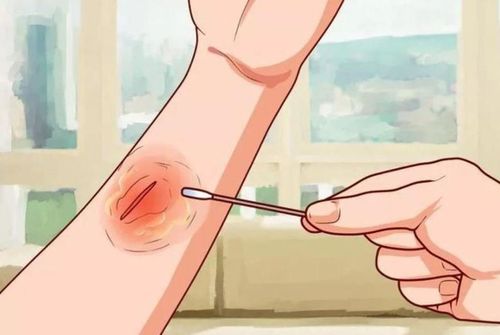This is an automatically translated article.
The article was professionally consulted by a Doctor of General Surgery & Anesthesia - Vinmec Hai Phong International General Hospital. The doctor has 08 years of experience in the field of Orthopedic - Plastic Surgery.Absorbent sutures may be used to suture wounds or surgical incisions. Some wounds or incisions are sutured using absorbable sutures below the surface, in others it may not be possible to use dissolvable sutures. The rate of sutures with dissolvable sutures leaving scars is higher than those with conventional sutures, so they are often used for internal suturing. Dissolved suture stitches will disappear on their own within a certain amount of time.
1. What is self-consumption?
Currently, absorbable sutures are commonly used in suturing wounds, mainly made from organic synthetic fibers. They will self-dissolve by performing the hydrolysis process after a period of using this type of suture to suture the wound. Depending on the characteristics and location of the wound will determine the appropriate type of absorbable suture to be used.Usually with wounds on the surface of the skin, doctors will choose to use ordinary sutures for suturing and after a while will cut the sutures because the scarring rate of this type of thread is lower than that of natural sutures. pepper. With wounds in internal organs, self-dissolving is always the first choice. Wounds that take a long time to heal, take a long time to heal completely, should be used for self-dissolving.
Using self-dissolving sutures in surgery will help patients reduce pain.
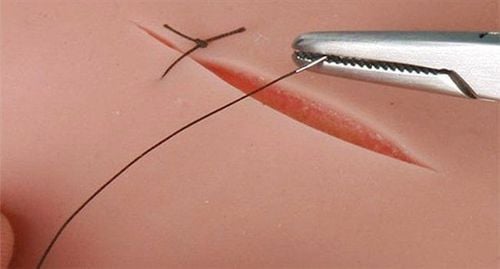
Chỉ tự tiêu giúp người bệnh giảm đau đớn trong phẫu thuật
2. When is the wound suture with absorbable suture used?
Types of sutures are used for specific cases, some of which can be selected due to patient preference and physician prescriptions. Only self-dissolving is used in cases where there is no need for wound care and monitoring.Sutures with absorbable sutures are used in some of the following cases:
Extraction : use of absorbable sutures to suture the wound after tooth extraction such as wisdom tooth extraction so that the gum tissue can return to its original position. original mind. The number of stitches will be based on the size of the tissue flap and individual needs. Caesarean section: some doctors choose to use staples while most doctors will choose to use absorbable sutures to suture the incision after birth. According to the researchers, women who sutured the incisions after giving birth with absorbable sutures reduced possible complications from the wound by more than 57% compared with women who sutured their incisions with staples. Breast lumpectomy: if you have breast cancer, your doctor will perform surgery to remove the tumor, surrounding tissue, and possibly some lymph nodes. Knee replacement surgery: Dissolvable sutures can be used to suture in knee replacement surgery. Often, self-dissolving sutures will be used as an internal suture to reduce scarring. The material of the absorbable suture used in orthopedic surgery such as knee surgery is polydioxanone. These stitches can take about 6 months for the thread to completely disappear.
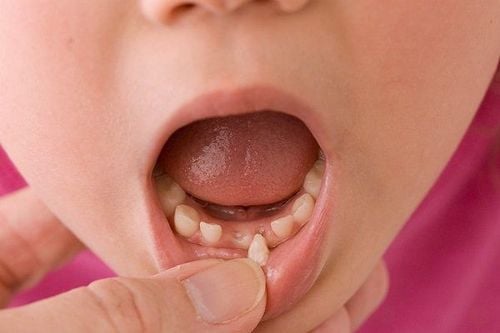
Trong nhổ răng, bác sĩ cũng sử dụng chỉ tự tiêu
3. How long does it take for the thread to dissolve after suturing the wound?
Most of the time, the thread will go away on its own within a week or two, although it may take a few weeks before it just goes away completely. In some cases it can take several months to just go away on its own.The absorbable thread is always absolutely sterile, the composition includes:
Synthetic polymer materials such as polydioxanone, polyglycolic acid, polyglyconate and polylactic acid Natural materials: such as pure catgut thread One Several factors affect the time it takes for absorbable sutures to break down and disappear including:
The surgical method chosen and the type of wound sutured Stitches used to suture an incision or wound Suture material The size of the suture used The time it takes for the suture to dissolve can range from a few days to a few weeks or even months.
4. Signs of an infected suture
Even if you take good care of your stitches, infection can happen, including:Increasing pain Redness around the wound Swollen wounds Pussy or bleeding stitches Stitches bad smell Fever If you see signs of infection, you should immediately go to a medical facility for treatment as soon as possible.
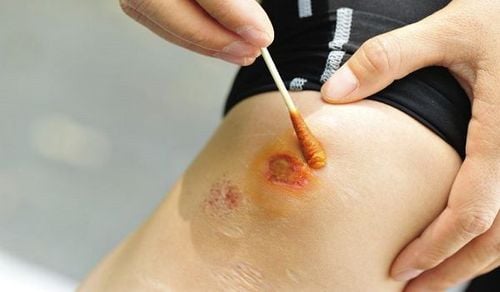
Ngay cả khi sử dụng chỉ tự tiêu cũng có thể bị nhiễm trùng
5. How to take care of stitches with self-dissolving thread
After suturing the wound, your doctor will give you instructions on how to take care of the wound to heal quickly. Dissolving sutures depend on how deep your wound is, where the wound is, and the type of suture used.Here are some tips from your doctor on caring for your stitches:
You should not scratch as this can affect the stitches Do not swim until the stitches disappear When the stitches are broken wet, should dry with a clean towel Avoid bumps in the suture area Always keep the stitches clean to avoid infection The absorbable thread can break down on its own and disappear after a period of use. However, you need to take care of your stitches according to your doctor's instructions to ensure quick healing and avoid infection.
Vinmec International General Hospital is one of the hospitals that not only ensures professional quality with a team of leading medical doctors, modern equipment and technology, but also stands out for its examination and consultation services. comprehensive and professional medical consultation and treatment; civilized, polite, safe and sterile medical examination and treatment space.
Please dial HOTLINE for more information or register for an appointment HERE. Download MyVinmec app to make appointments faster and to manage your bookings easily.
Articles refer to sources: healthline.com, webmd.com, nhs.uk




